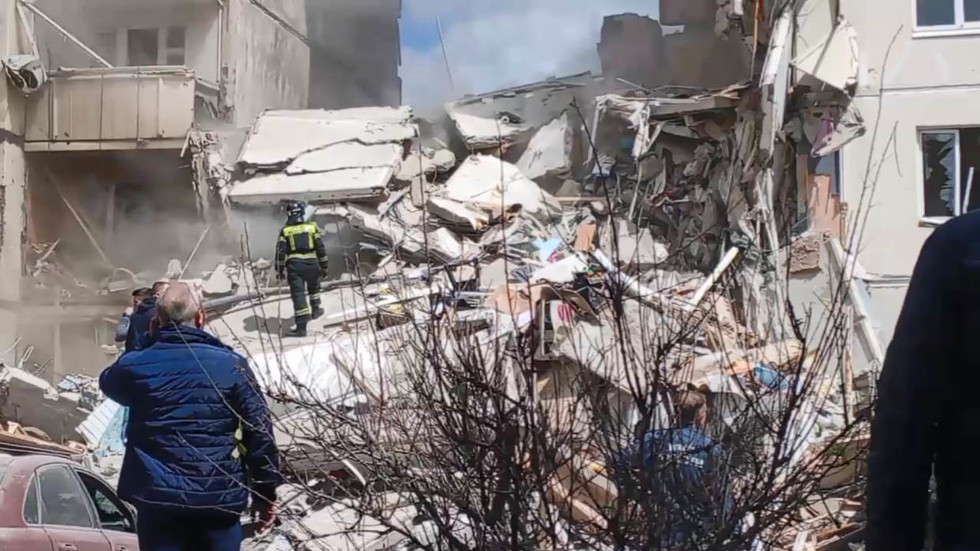PRISONS ACROSS THE U.S. ARE QUIETLY BUILDING DATABASES OF INCARCERATED PEOPLE’S VOICE PRINTS
by George Joseph and Debbie Nathan, The Intercept:

ROUGHLY SIX MONTHS ago at New York’s Sing Sing prison, John Dukes says he was brought out with cellmates to meet a corrections counselor. He recalls her giving him a paper with some phrases and offering him a strange choice: He could go up to the phone and utter the phrases that an automated voice would ask him to read, or he could choose not to and lose his phone access altogether.
Dukes did not know why he was being asked to make this decision, but he felt troubled as he heard other men ahead of him speaking into the phone and repeating certain phrases from the sheets the counselors had given them.
“I was contemplating, ‘Should I do it? I don’t want my voice to be on this machine,’” he recalls. “But I still had to contact my family, even though I only had a few months left.”
So when it was his turn, he walked up to the phone, picked up the receiver, and followed a series of automated instructions. “It said, ‘Say this phrase, blah, blah, blah,’ and if you didn’t say it clearly, they would say, ‘Say this phrase again,’ like ‘cat’ or ‘I’m a citizen of the United States of America.’” Dukes said he repeated such phrases for a minute or two. The voice then told him the process was complete.
“Here’s another part of myself that I had to give away again in this prison system,” he remembers thinking as he walked back to the cell.
Dukes, who was released in October, says he was never told about what that procedure was meant to do. But contracting documents for New York’s new prison phone system, obtained by The Appeal in partnership with The Intercept, and follow-up interviews with prison authorities, indicate that Dukes was right to be suspicious: His audio sample was being “enrolled” into a new voice surveillance system.
In New York and other states across the country, authorities are acquiring technology to extract and digitize the voices of incarcerated people into unique biometric signatures, known as voice prints. Prison authorities have quietly enrolled hundreds of thousands of incarcerated people’s voice prints into large-scale biometric databases. Computer algorithms then draw on these databases to identify the voices taking part in a call and to search for other calls in which the voices of interest are detected. Some programs, like New York’s, even analyze the voices of call recipients outside prisons to track which outsiders speak to multiple prisoners regularly.
Corrections officials representing the states of Texas, Florida, and Arkansas, along with Arizona’s Yavapai and Pinal counties; Alachua County, Florida; and Travis County, Texas, also confirmed that they are actively using voice recognition technology today. And a review of contracting documents identified other jurisdictions that have acquired similar voice-print capture capabilities: Connecticut and Georgia state corrections officials have signed contracts for the technology (Connecticut did not respond to repeated interview requests; Georgia declined to answer questions on the matter).
Authorities and prison technology companies say this mass biometric surveillance supports prison security and fraud prevention efforts. But civil liberties advocates argue that the biometric buildup has been neither transparent nor consensual. Some jurisdictions, for example, limit incarcerated people’s phone access if they refuse to enroll in the voice recognition system, while others enroll incarcerated people without their knowledge. Once the data exists, they note, it could potentially be used by other agencies, without any say from the public.
It’s particularly alarming, they add, that the technology’s use in prisons can ensnare people beyond their walls. “Why am I giving up my rights because I’m receiving a call from somebody who has been convicted of a crime?” asks Jerome Greco, a digital forensics attorney at New York’s Legal Aid Society. Greco argues that the mining of outside parties’ voice prints should require a warrant. “If you have a family member convicted of a crime, yet you haven’t been, why are you now having your information being used for government investigations?”

Illustration: Alexander Glandien for The Intercept
The Spread of Voice Recognition Technology
Voice-print technology works by dissecting physical features that distinguish individuals’ voices, such as their pitch. With this data, the program’s algorithm generates a computer model of their vocal signatures, known as “voice prints,” which can be stored in a database for comparisons with utterances recorded in the future.
In recent years, voice recognition technology has come to be associated with consumer offerings, like Amazon’s Alexa and Apple’s Siri, but the technology was originally developed for military and intelligence applications. Over a decade ago, as The Intercept reported, U.S. intelligence agencies were using voice recognition programs to identify the voices of top Al Qaeda officials in their online audio postings.
Similarly, the algorithms and structure behind the prison telecommunications firm Securus Technologies’ particular voice software, known as Investigator Pro, were developed in part through a $50 million grant from the Department of Defense. The software was licensed to JLG Technologies, a company that Securus acquired in 2014. According to Securus’s 2017 proposal for New York, the technology was developed because “DOD needed to identify terrorist calls out of the millions of calls made to and from the United States every day.”
But it wasn’t long before major prison technology firms, such as Securus and Global Tel Link, began marketing the technology to U.S. jurisdictions that were seeking to extract and store voice prints associated with incarcerated people in their systems. “IPRO [Investigator Pro] has a 10-year track record of providing pinpoint voice accuracy capability country-wide in 243 states, county, and local correctional agencies,” notes Securus in the Pinal County contract.
The enrollment of incarcerated people’s voice prints allows corrections authorities to biometrically identify all prisoners’ voices on prison calls, and find past prison calls in which the same voice prints are detected. Such systems can also automatically flag “suspicious” calls, enabling investigators to review discrepancies between the incarcerated person’s ID for the call and the voice print detected. Securus did not respond to a request for comment on how it defined “suspicious.” The company’s Investigator Pro also provides a voice probability score, rating the likelihood that an incarcerated person’s voice was heard on a call.
Michael Lynch, an intelligence coordinator for the Alachua County Jail in northern Florida, confirmed that his county recently agreed to purchase Securus’s voice recognition program. Lynch said that the voice prints produced by the program will be permanently archived at Securus’s facility in Texas. He said the jail hopes the technology will address the problem of incarcerated people using each others’ personal identification numbers, or PINs. “The problem is inmates that are committing other criminal acts or contacting victims or witnesses and using other inmates’ PIN to do that,” he said in a phone call. “Voice [biometrics] will tell us who’s making the calls.”

Image of Securus’s Investigator Pro VoiceSearch tool from a 2017 approved contract proposal to Pinal County, Ariz.
Screenshot: The Investigator Pro
Securus’s voice recognition program can also identify the voices of people outside prisons, both former prisoners and those who have never been incarcerated but communicate with people inside.
New York and Texas state corrections officials confirmed that their agencies retain the voice prints of formerly incarcerated people, like Dukes, allowing them to identify them by name if currently incarcerated people call them in the future.
And New York and Pinal County, Arizona, confirmed that their voice recognition programs can identify the voices of outside callers.
New York’s contract proposal with Securus states that outsiders’ voice samples can be used to “search for all other calls” in their recorded call database to find where those voices occur. In an email, New York prison officials confirmed that this program will give investigators the ability to extract a voice print from an outside caller and use it to “identify that a call recipient has participated in multiple phone calls.” They added that the program will not have names associated with outsiders’ voice prints.
In a statement, Pinal County Sheriff’s Office spokesperson Navideh Forghani also confirmed this outsider voice-tracking capability, noting that while their software does not identify non-incarcerated people by name, it can track “suspicious activities,” such as “multiple inmates speaking to one person on the outside on a reoccurring basis.”
With this technology, a press release for Investigator Pro notes, an investigator can now answer questions like, “What other inmates are talking to this particular called party?” and “Are any of my current inmates talking to this released inmate?”
Prisoners’ rights advocates worry that outsider voice surveillance technology could also be used to coordinate crackdowns against prison organizing campaigns.
Loading...



